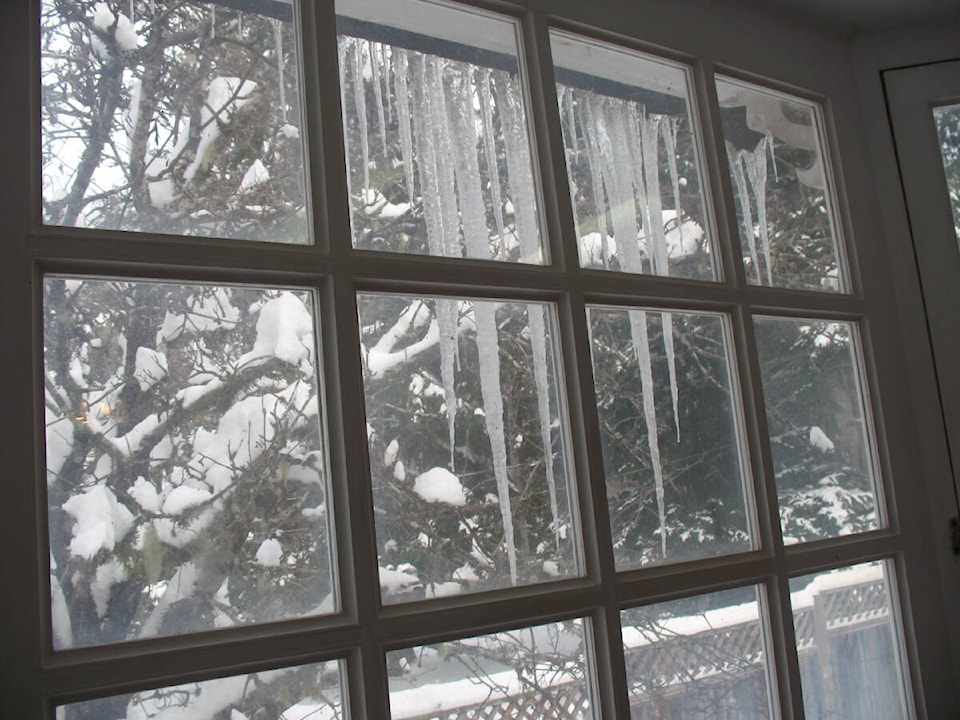By Mary Lowther
When the American Department of Agriculture examined the nutrient level of crops from every corner of the states in 2002, they found that all nutrients had decreased by an average of 50 per cent since the last study was done in 1963. Gardening author Steve Solomon theorizes that this may partly be due to loss of minerals from the soil that accompany crops leaving the farm gate, never to return.
Plants require a full gamut of minerals in order to grow nutrient-dense food so even adding the main minerals of nitrogen (N), phosphorus (P) and potassium (K) doesn’t supply crops with what they need. Plants can still grow for years without a full supply of minerals but eventually the soil will be so bereft of them that crops will stop growing. Before that, the crops will become gradually weakened and susceptible to more diseases and insect infestation.
Animal manure can replace some minerals if the animals have been fed mineral-rich fodder, but how do we know how much they’ve been given? Minerals are expensive so not all ranchers can afford to add them to their animals’ feed and very few farmers add them to their soils. We can supplement our diets with minerals but will probably still be missing nutrients our food crops cannot manufacture without all the minerals they need.
Food grown in our rainy climate will lose minerals as well as other nutrients more quickly than drier climates so those of us who garden would do well to add extra minerals to our soils along with other organic amendments.
Seaweed, fish and other products from the ocean will add a certain amount of minerals and perhaps that’s why they are better for us than our land animals. Countries like China recycle their own manure back onto the land, replenishing their soils with these minerals, but North American farmers don’t do this. Should we then, include foods grown in these countries in our diets, buy from farmers who add trace minerals to their soils, and/or grow our own crops in fully-mineralized soil? Perhaps locally-sourced food is not the best.
In the past when their soils wore out, farmers moved to richer land, but we can’t do that now; we’re stuck with what we’ve got. If we’re growing our own food and not returning minerals to the soil, we must add what we can. Nigel Palmer suggests ways to reap minerals from bones and shells in his book The Regenerative Grower’s Guide to Garden Amendments, we can add seaweed and fish fertilizers and mix up our own mineral-rich fertilizers. Growers who have re-mineralized their soils find that their food tastes better too.
One could get their soil tested at a lab like MB labs in Sidney to see just what’s needed, or consistently use the following fertilizer formula created by author Steve Solomon, gently adding minerals each year without putting the soil out of balance.
Solomon’s Complete Organic Fertilizer with Minerals
4 litres oilseed meal (I use alfalfa)
2 cups agricultural lime
2 cups gypsum
2 tsp. borax
1 litre soft rock phosphate or bone meal or guano
1 ½ tsp. zinc sulfate
1 tsp. copper sulfate
2 cups kelp meal or azomite
Mix this all up, and use it at the rate of 4 litres per hundred square feet.
Please contact mary_lowther@yahoo.ca with questions and suggestions since I need all the help I can get.
